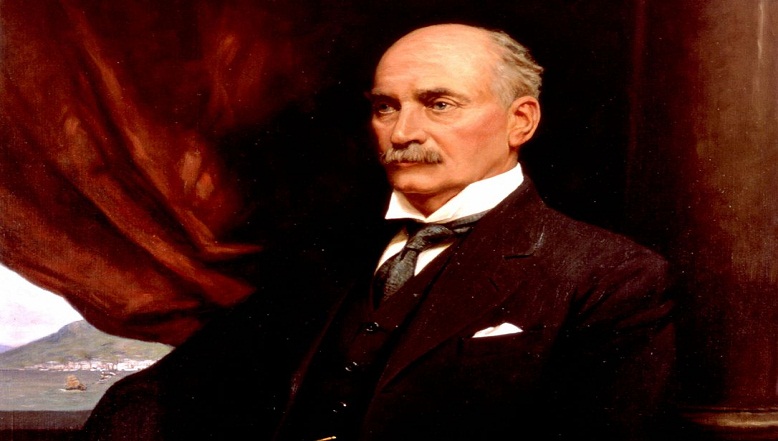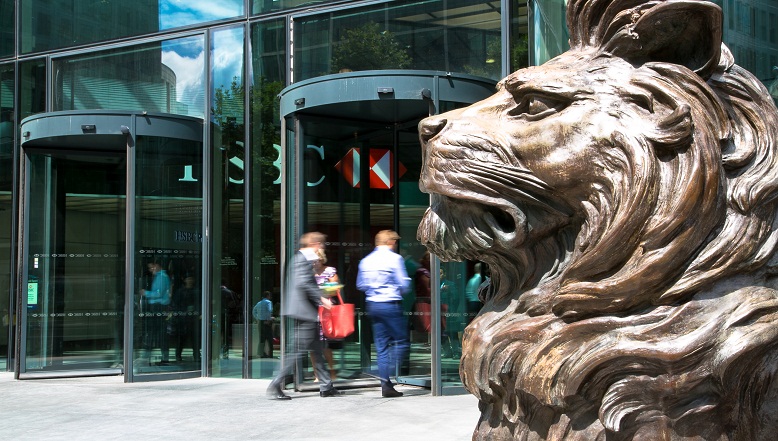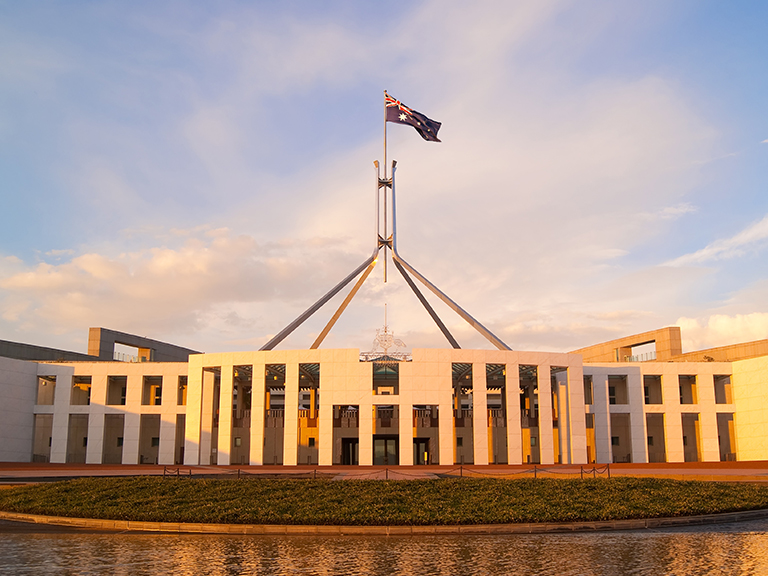HSBC in Bangladesh
Contact us
At HSBC, we are committed to listening to you, whether it is in person, by phone or by mail.
HSBC Bangladesh Management Office:
- Level 4, Shanta Western Tower
186 Bir Uttam Mir Shawkat Ali Road
Tejgaon Industrial Area, Dhaka 1208 -
Phone: +880 966 633 1000
+880 961 277 1000 -
Website: www.hsbc.com.bd
Call centre and Internet Banking
- For any query/complaint/feedback/compliments, please call our contact centre at 16240 (accessible from within Bangladesh); +88 096127 16240 (accessible from overseas *) 24/7, including government holidays.
* Only international calls through authorized channel are allowed.
- For inquiries and feedback: contact@hsbc.com.bd
- For complaints or grievances: complaints@hsbc.com.bd
- For Internet Banking: internet.banking@hsbc.com.bd
Financial information
Find reports including financial statements, credit rating and Pillar 3 Disclosure.
2022
Financial statements English PDF 9.13 MB
Credit rating
Credit rating English PDF 181.66 KB
Pillar 3 disclosure
Pillar 3 disclosure English PDF 495.19 KB
2021
Financial statements
Financial statements English PDF 5.93 MB
Credit rating
Credit rating English PDF 100.74 KB
Pillar 3 Disclosure
Pillar 3 Disclosure English PDF 436.59 KB
2020
Financial statements
Financial statements English PDF 4.06 MB
Credit rating
Credit rating English PDF 151.43 KB
Pillar 3 Disclosure
Pillar 3 Disclosure English PDF 867.69 KB
2019
Financial statements
Financial statements PDF 4.16 MB
Credit rating
Credit rating PDF 105.24 KB
Pillar 3 Disclosure
Pillar 3 Disclosure PDF 1.02 MB
2018
Financial statements
Financial statements English PDF 7.92 MB
Credit rating
Credit rating English PDF 79.00 KB
Pillar 3 Disclosure
Pillar 3 Disclosure English PDF 995.55 KB
2017
Financial statements
Financial statements English PDF 3.45 MB
Credit rating
Credit rating English PDF 89.28 KB
Pillar 3 Disclosure
Pillar 3 Disclosure English PDF 1.13 MB
2016
Pillar 3 Disclosure
Pillar 3 Disclosure English PDF 1.01 MB
2015
Pillar 3 Disclosure
Pillar 3 Disclosure English PDF 2.05 MB
2014
Pillar 3 Disclosure
Pillar 3 Disclosure English PDF 145.28 KB
For details about HSBC’s global operations, Group board members and financial results, go to our corporate website
HSBC Group history timeline
Quantum computers’ ‘ChatGPT moment’ is coming
The world is on the cusp of a quantum revolution and we must be ready for the opportunities and threats that will bring, says Philip Intallura.
Indecision is Australia Inc’s biggest risk
The government and businesses must work in tandem to avoid missing out on enticing opportunities in Southeast Asia, says Antony Shaw.
Humans + machines = an ethical AI future
It’s vital that when humans and machines work together, artificial intelligence is used responsibly and ethically, says EJ Achtner.
















